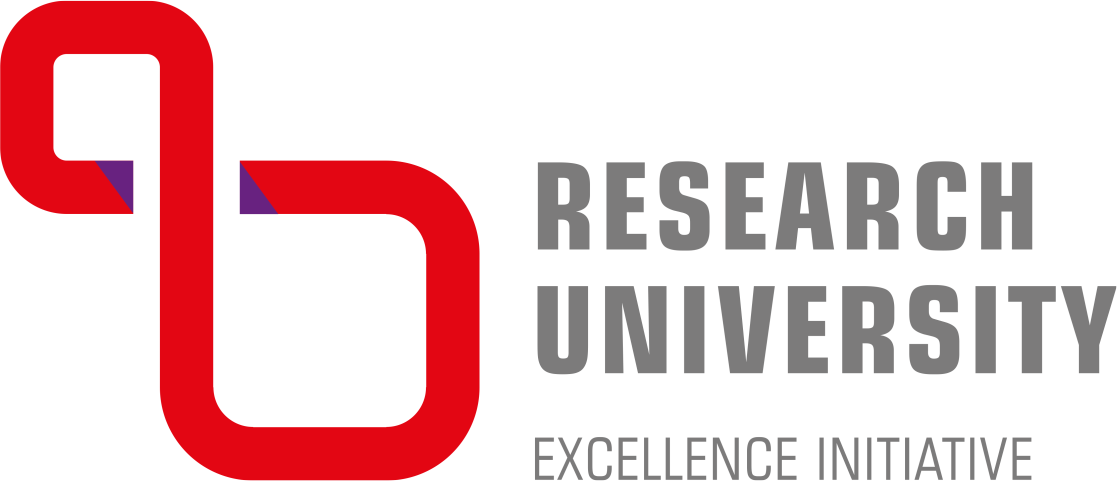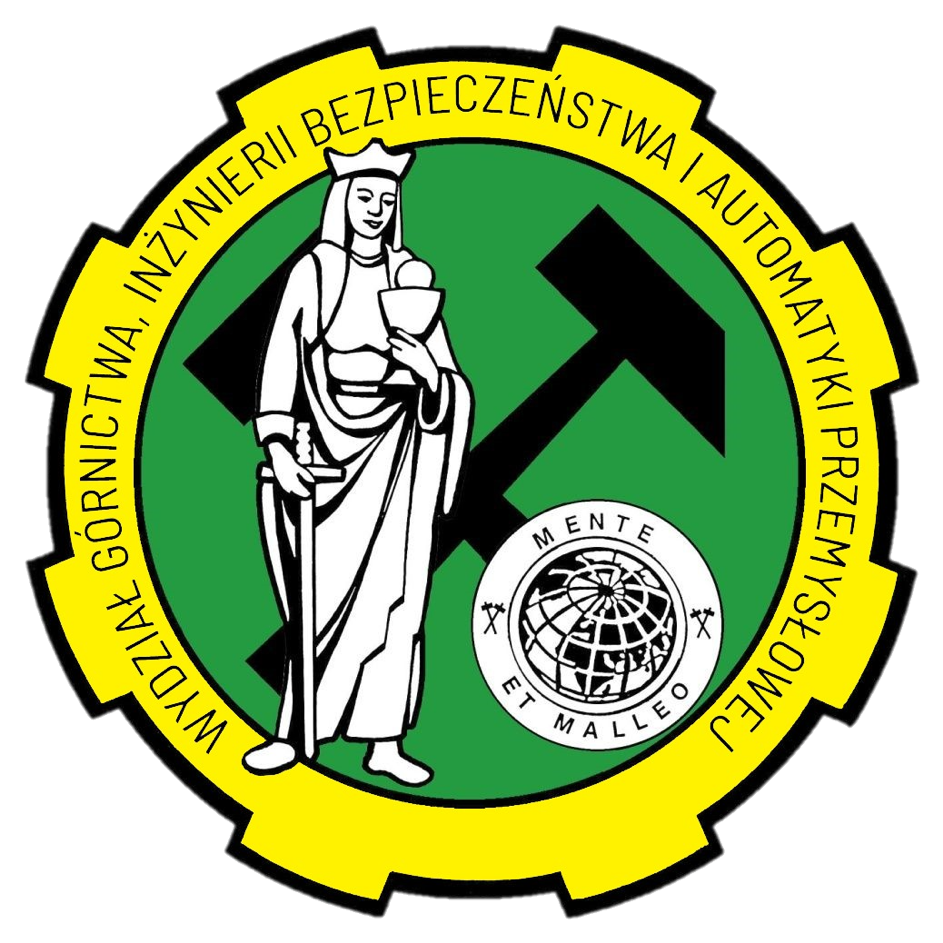Research areas
The staff of the Faculty of Mining, Safety Engineering and Industrial Automation carry out research within the following scientific disciplines:
- environmental engineering, mining and energy,
- earth and environmental sciences,
- civil engineering, geodesy and transport,
- technical informatics and telecommunications,
- automation, electronics, electrical engineering and space technology,
- safety engineering,
- mechanical engineering,
- management and quality sciences.
Research carried out in the following Priority Research Areas:
- POB3- Materials of the Future,
- POB4- Smart Cities and Future Mobility,
- POB5- Process Automation and Industry 4.0,
- POB6- Climate and Environmental Protection, Modern Energy.

Department of Electrical Engineering and Industrial Automation
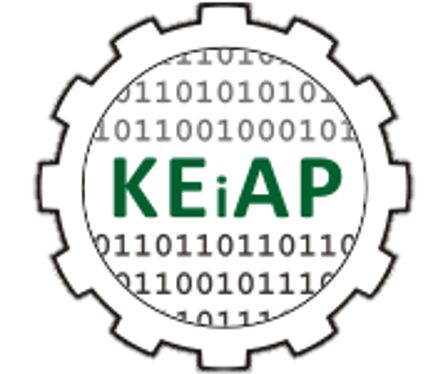
The Department’s staff carry out research in the following areas:
INDUSTRIAL AUTOMATION
- identification and modelling of industrial processes, in particular for the mining and energy sectors,
- simulation studies of industrial process control systems,
- design of automatic control systems for industrial processes, in particular for mineral processing,
- research into the construction of sensor systems, processing of signals from industrial sensors, including radiometric gauges,
- design of industrial process monitoring systems, including those used in harsh environmental conditions,
- design of functional safety systems.
INDUSTRIAL ELECTRICAL ENGINEERING
- electrical drive automation,
- electrical safety issues with particular reference to protection against electric shock,
- investigation of ground fault phenomena in networks with an insulated neutral point,
- design and research of protective relaying and automation in power systems,
- application of power electronic converters in electrical power systems and drive systems,
- design of industrial power networks (including computer-aided design).
INDUSTRIAL INFORMATICS
- software development for industrial process control systems,
- machine learning and artificial intelligence in data analysis,
- real-time data processing,
- prediction systems,
- disturbance detection in industrial processes,
- analysis of radio wave propagation and development of wireless networks – research in difficult environmental conditions, particularly in mining plants,
- design of process visualization systems,
- testing and modelling of industrial networks,
- cybersecurity of industrial networks.
Research Teams
Industrial Automation Team
The scope of the team’s scientific and research work: design of automation systems, including software development of industrial controllers in process control systems, optimization of production processes (including mineral enrichment processes), design and testing of measurement systems (monitoring industrial processes) used in harsh environments, assessment and design of functional safety systems for industrial machines and devices
Team leader: dr hab. inż. Jarosław Joostberens, prof. PŚ, jaroslaw.joostberens@polsl.pl, tel. +48 32 237 11 75
Electrical team
Zakres prac naukowo-badawczych zespołu The team’s scope of scientific and research work includes: modelling and simulation of electric drives, design and optimization of electric drive control systems, identification and analysis of electric hazards especially in harsh environments, selection and evaluation of the effectiveness of anti-shock protection measures, selection and calculation of industrial power grids, with particular emphasis on short-circuit currents, modelling of short-circuit phenomena in MV and LV industrial networks with isolated neutral points, investigation of the effects of line-to-ground faults on the safety and operation of industrial power networks, modelling and simulation of the operation of converter power systems, optimization of the structure and operation of industrial electrical grids, with particular emphasis on mine power networks.
Team leader: dr hab. inż. Adam Heyduk, prof. PŚ, adam.heyduk@polsl.pl,
tel. +48 32 237 12 50
Industrial Informatics Team
The scope of the team’s scientific and research work includes: design and implementation of industrial artificial intelligence systems for real-time operational data analysis, disturbance detection, prediction and decision support, using neural networks, modal logics, cloud-edge architecture, SCADA/DCS systems and industrial protocols (Modbus, Profinet, MQTT); development of software for industrial process control systems and applications, including dashboards, diagnostic panels, expert systems and data visualization interfaces adapted to industrial environments; testing, modelling and ensuring cyber security of industrial data networks; analysis of radio wave propagation and development of wireless networks in harsh industrial environments.
Team leader: dr hab. inż. Aurelia Rybak, prof. PŚ, aurelia.rybak@polsl.pl,
tel. +48 32 237 21 70
Department of Mining Mechanization and Robotization
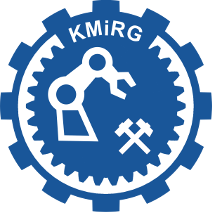
The Department’s employees conduct research in the following areas:
CONSTRUCTION, DESIGN AND OPERATION OF MACHINERY AND TRIBOLOGY AND MATERIALS SCIENCE
- durability testing of components of power units and structural nodes of working machines, especially high-power gears and couplings,
- strength analysis of structural elements of machines using FEM techniques,
- design of engineering machines and design of technological systems,
- creation of computer simulations for verification of machine and equipment design,
- modeling and laboratory testing of model tribological systems,
- research of tribological systems with particular emphasis on friction brakes of hoisting machines,
- research of tribological phenomena and optimization of the selection of materials for tribological nodes in engineering machines, especially mining machines for mining, transporting and mechanical processing of minerals,
- testing the functional properties of materials for mining tools,
- research and modeling of abrasive and erosive wear in bulk material handling systems,
- testing the performance properties of materials for tools, especially mining,
- experimental identification of performance properties of lubricants and hydraulic lubricants and seals,
- experimental studies of fatigue strength and fracture of structural materials and machine components, especially working chain tendons,
- application of reverse engineering in the evaluation of operational wear,
- application of contact and non-contact methods of discretization of technical objects using 3D lasers, and use of 3D printing in reverse engineering.
INDUSTRIAL ROBOTICS
- applications of robotic manufacturing technologies in machine building using CAD/CAM/CAQ techniques, in particular the working bodies of mining mining mining machines,
- issues of control and programming of industrial robots,
- automation of measurements of stereometrics of machine elements, in particular heads/jogging organs of mining shearers and chain drums of mining scraper conveyors using robotic technologies,
- automation of measurements of the geometry of cuts made with the knives of a roadheader.
DIAGNOSTICS OF ENGINEERING MACHINERY
- forecasting and diagnosis of operating conditions of engineering machinery using theoretical models, technical diagnostic methods and computer methods,
- diagnostic testing of machines and their components based on measurements and analysis of vibroacoustic and thermal conditions.
DYNAMICS OF ENGINEERING MACHINERY
- experimental and computer studies of dynamic phenomena occurring in highly loaded engineering machines for mining, loading and transportation,
- computer simulations of motion in engineering machines,
- use of the procedure for studying the dynamics of an engineering machine in the research and design process,
- creation of dynamic models of machines, determination of dynamic loads and conducting computer tests.
ENGINEERING MACHINES FOR ROCK MINING AND TRANSPORTATION
- laboratory research in rock cutting in the aspect of load and energy,
- optimization of design and operating parameters of cutting organs and knife system of engineering machines, especially mining machines, in the aspect of drive load and dust,
- selection of machines and means of transportation in engineering and road, transportation and mining works,
- improvement of methods of strength calculations of elements of mechanized shoring sections using FEM,
- research of new generations of engineering and construction, road, mining and transport machinery and transport systems.
Research teams
TriboTeam
Scope of scientific and research work of the team: modeling and laboratory research of model tribological systems, research of tribological phenomena and optimization of selection of materials for tribological nodes in engineering machines, in particular mining machines for mining, transporting and mechanical processing of minerals.
Team leader: DSC. Eng. Andrzej N. Wieczorek, Prof. SUT, andrzej.n.wieczorek@polsl.pl tel. +48 32 237 21 24
DrivesTeam
Scope of the team’s scientific and research work: testing the durability of elements of drive assemblies and structural nodes of working machines, especially high-power gears and couplings, strength analysis of structural elements of machines using FEM techniques, design of engineering machines and design of technological systems, creation of computer simulations for verification of machine and equipment design, experimental testing of fatigue strength and fracture of structural materials and machine elements, especially working chain tendons, application of reverse engineering in the evaluation of operational wear, application of contact and non-contact methods of discretization of technical objects with the use of 3D lasers and the use of 3D printing in reverse engineering, prediction and diagnosis of operational states of engineering machines using theoretical models, technical diagnostic methods and computer methods, diagnostic tests of machines and their components based on measurements and analysis of vibroacoustic and thermal conditions, laboratory tests in the field of rock cutting in the aspect of load and energy.
Team leader: DSC. Eng. Krzysztof Filipowicz, Prof. SUT, krzysztof.filipowicz@polsl.pl, tel. +48 32 237 27 58
RoboticTeam
Scope of scientific and research work of the team: applications of robotic manufacturing technologies in mechanical engineering with the use of CAD/CAM/CAQ techniques, in particular the working organs of mining mining mining machines, issues of control and programming of industrial robots, automation of measurements of stereometry of machine elements, in particular the heads/working organs of mining shearers and chain drums of mining scraper conveyors with the use of robotic technologies, automation of measurements of the geometry of cuts made with the knives of a roadheader, Experimental and computer studies of dynamic phenomena occurring in highly loaded engineering machines for mining, loading and transportation, computer simulations of movement in engineering machines, use of the procedure of study of the dynamics of an engineering machine in the research and design process, creation of dynamic models of machines, determination of dynamic loads and conducting computer studies, optimization of design and operating parameters of mining bodies and knife system of engineering machines, especially mining machines, in the aspect of drive load and dust.
Team leader: DSC. Eng. Piotr Cheluszka, prof. SUT, piotr.cheluszka@polsl.pl tel. +48 32 237 22 56
HydraulicTeam
The scope of scientific and research work of the team: research of tribological systems with special emphasis on friction brakes of hoisting machines, research of functional properties of materials for mining tools, research and modeling of abrasive and erosive wear in bulk material handling systems, research of functional properties of materials for tools, especially mining tools.
Lider zespołu: Team leader: Dr. Eng., Wojciech Grzegorzek, wojciech.grzegorzek@polsl.pl tel. +48 32 237 22 34
Department of Safety Engineering
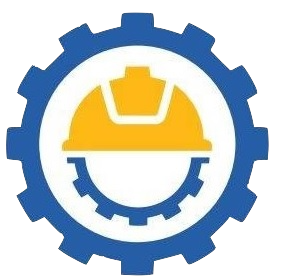
The Department’s staff conducts research in the following areas:
- gas emissions from decommissioned mines in post-mining areas,
- fire hazard on post-coal waste rock sites,
- CFD numerical simulation of fire development in a building,
- digitization and innovation, Industry 4.0/5.0, energy and digital transformation, occupational safety and work environment design, Smart Cities, sustainability, Lean management,
- work ergonomics,
- audits of occupational health and safety management systems,
- organization of mining production,
- public safety,
- crisis management and Emergency management,
- critical infrastructure,
- crisis risk,
- rescue systems,
- security studies,
- occupational safety, occupational risk assessment, mining hazards, mine rescue, occupational medicine, emergency management, environmental safety, mine organization.
Research teams
Occupational safety team
Employees of the Department of Safety Engineering in the Safety Team. Occupational safety conducts research in the following areas: occupational safety and health (OSH), Human Resource Management (HRM) in the area of occupational safety, safety culture, worker participation in occupational safety, human resource management, communication, occupational psychology, information systems in OSH management, shaping occupational safety, hazard identification and forecasting, auditing of occupational safety and health management systems, accident causation analysis, occupational safety and health management systems, psychosocial hazards and mental health in the workplace, behavioral aspects of safety, mechanical hazards, fire hazards, labor law, legal aspects in OSH, modern technologies in OSH.
Team leader: Marcin Krause, Ph.D., e-mail: marcin.krause@polsl.pl, tel. +48 32 237 18 42
Public Security Team
Employees of the Department of Safety Engineering in the Public Safety Team conduct research in the following areas: crisis management, environmental safety, sustainable development, energy security, fuel and energy market analysis, emergency medical system, mine rescue, mining hazards, occupational medicine, smart cities, energy transition, gas emissions from decommissioned mines, gas hazards in post-mining areas, fire hazards in mining waste dumps, process risk assessment, root cause analysis of major industrial accidents.
Team leader: Dr. Maja Taraszkiewicz-Łyda, e-mail: maja.taraszkiewicz-lyda@polsl.pl, tel. +48 32 237 11 70
Department of Geoengineering and Raw Materials Extraction
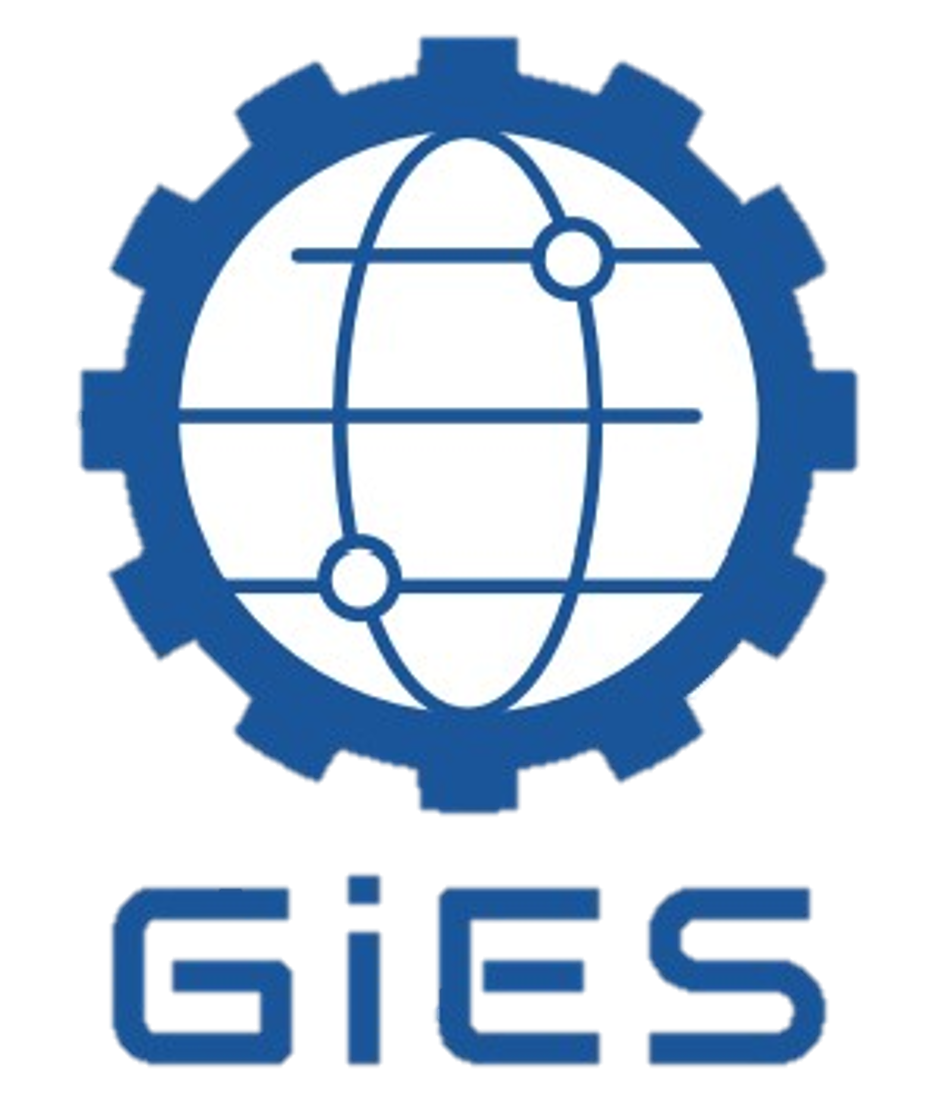
The Department’s staff carry out research in the following areas:
Mining aerology
-
The studies of methane, climatic, and fire hazards; measurement of physical parameters of mine air; testing and performance evaluation of auxiliary ventilation fans; development of operational characteristics of main ventilation fans; analysis of mine ventilation networks with a focus on the optimal distribution of airflow within mine workings; simulation-based assessment of airflow patterns using specialized ventilation software; documentation and visualization of potential ventilation network configurations and district ventilation layouts; evaluation of natural and technical hazards affecting ventilation systems; identification and verification of escape routes within the ventilation network; analysis of ventilation systems in relation to the development of methane, ventilation, and fire hazards during various stages of mining operations and excavation closures; assessment of the effectiveness of applied ventilation and fire prevention strategies during mining and preparatory activities; continuous updating of spatial diagrams of ventilation systems, including configurations for longwall ventilation district.
Underground construction
- Determination of stress values in the rock mass surrounding underground structures; assessment of load values acting on underground structures; design, construction, modification, and decommissioning of underground facilities; design, research, and implementation of mine lining systems; evaluation of the technical condition of underground structures; revitalisation of historic underground facilities; design and testing of materials used in underground construction.
Ecological materials for mining
- Studies of abrasion phenomena in steel and plastic materials, unit energy losses of multiphase hydromixes in pipelines, possibilities of recycling industrial waste in mining technologies, rheological properties of compacted hydromixes.
Geodesy and cartography, including mining geodesy and protection of mining areas
- Analysis of cartographic representations and coordinate systems, in particular the evaluation of accuracy and the development of transformation parameters for local planar rectangular coordinate systems applied to the national system using GIS-class software. Technologies for the creation of digital maps and spatial information systems, including: the design of spatial database and GIS models; the development of algorithms for populating spatial databases; the creation of methods for cartographic visualisation of spatial data; and the implementation of GIS-based decision support systems for use in administrative and industrial applications.
Use of modern surveying equipment in core tasks related to surface and mining geodesy, including: the application of airborne laser scanning for the development of digital elevation models depicting surface changes; execution of geodetic measurements such as roadway and slope inventories and deformation monitoring; deformation measurements of structures using low-altitude photogrammetry with precisely positioned unmanned aerial vehicles (UAVs) equipped with high-resolution cameras; and long-range terrestrial laser scanning technologies.
Identification and documentation of structural defects based on low-altitude photogrammetric surveys conducted with UAVs equipped with high-resolution optical and thermal imaging cameras. Laser scanning of terrestrial objects and methodologies for the development of 3D models, including for building deformation surveys using terrestrial and handheld laser scanning technologies. Design of systems for monitoring land surface displacements using GNSS and radar interferometry. Development of methodologies for automated change detection. Refinement of surveying techniques and computational methods for protecting land and structures against the impacts of mining activity, both during operation and mine closure.
Methods for forecasting mining-induced surface deformation using computer-based approaches, including numerical modelling of deformation processes caused by underground and open-pit mining operations and rock mass drainage, employing both cellular automata-based methods and geometric-integral theory.
Rock and rock mass mechanics, geomechanics
- Research on equations of state, boundary conditions and material constants of rocks; the mechanics and indicators of brittle fracture; rock behaviour under high-pressure conditions; the capacity for elastic energy accumulation; behaviour in the post-critical state and rock bumping (rock burst) susceptibility; creep and rheological properties of rocks; friction phenomena in rocks; anisotropy of mechanical rock properties; geometric structure of fracture wall surfaces in rocks; mechanics of fractured rock media; stress and displacement states of the rock mass in the vicinity of underground excavations; deformation of the rock mass and ground surface due to mining activity; geomechanical principles for the design and maintenance of excavation support systems; and prevention of rock mass-related hazards.
Surface protection
- Forecasting of continuous deformations of mining areas and rock masses: development of basic, detailed, and approximate predictions using the W. Budryk–S. Knothe theory formulas for both final (steady-state) and transitional (non-steady-state) deformation stages, supported by proprietary software; performing detailed analyses of the impact of underground mining on built structures using computer simulations of the mining process and associated time-dependent deformations; development of forecasts for the influence of underground mining on shafts and roadway excavations; spatial analyses of predicted rock mass deformations induced by underground mining using software enabling 3D visualization of deformation distributions; forecasting terrain morphology changes caused by underground mining operations; determining the termination time of post-mining surface movements for investment planning in mining areas and for processing claims related to mining damage; designing underground mining operations in accordance with the principles of minimizing their impact on the surface and the rock mass; identification of the values of parameters in influence forecasting theories; forecasting discontinuous deformations; and the development of software in the fields of rock mass mechanics, the impact of underground mining on the rock mass and surface, as well as other areas of mining engineering.
Protection of the groundwater environment
- Novel materials and technologies for the treatment of contaminated groundwater and landfill leachate; design of protective and remediation systems for the soil and groundwater environment; selection of reactive materials for the treatment of groundwater and landfill leachate; sampling and analysis of the chemical composition of waste, soil, and groundwater; analysis of the hydrogeological properties of soil; modelling of groundwater filtration; modelling of contaminant migration in groundwater; column modelling of water and leachate treatment processes.
Recycling and the circular economy
- Technologies of physical recycling; leaching and ecotoxicity testing; mechanical and physicochemical treatment of industrial wastewater; applied research on the processing and treatment of secondary raw materials aimed at isolating and recovering substances for reuse. Scientific and design work is carried out based on a business model focused on extending product life through reuse, repair, recycling, and recovery, as well as the application of secondary raw materials in production processes. These activities are intended to align with the principles of sustainable production, understood as production optimized in terms of efficiency, environmental and occupational impact, and investment and operational costs. Key tools for production optimization include life cycle assessment (LCA) and life cycle cost (LCC) analysis. Research in physical and physicochemical recycling is conducted using mineral engineering processes, including magnetic, electrostatic, and gravity separation, flotation, flocculation, and coagulation.
Reclamation
- Research and monitoring of the thermal condition of spoil heaps, including the use of thermal imaging, photogrammetry, and 3D laser scanning; investigations of fire gas emissions into the atmosphere; development of fire prevention strategies for spoil heaps; preparation of design documentation concerning fire suppression, technical and biological reclamation of spoil heaps and areas degraded by mining activities.
Induced seismicity and rockbursts hazard
- Forecasting the level of induced seismicity, passive seismic tomography, optimization of seismic station network deployment, assessment of the potential rockburst hazard level in mining excavations, prediction of stress conditions for mining operations, determination of the deformation state of competent rock layers, prediction of energy states in seismogenic strata, prediction of ground vibration parameters induced by rock mass tremors.
Research teams
Geodesy, Cartography and Spatial Information Systems Team
Scope of scientific and research activities of the team: monitoring, analysis, and interpretation of ground surface deformations and displacements in mining and post-mining areas, including conditions of induced seismicity; forecasting of deformations caused by underground mining operations; methodology for processing and interpreting aerial photographs; methodology for the integration of multi-source and multi-sensor data; integration of spatial data within CAD and GIS systems.
Team leader: dr hab. inż. Violetta Sokoła-Szewioła, prof. PŚ, violetta.sokola-szewiola@polsl.pl, tel. +48 32 237 29 90
Team of Geomechanics, Geotechnics, Geophysics and Surface Protection
Scope of scientific and research activities of the team: design of mining excavation supports; assessment of the technical condition of mine workings; studies of rock properties; forecasting the impact of seismic shocks on the rock mass and surface; evaluation of seismic and rockburst hazard; geophysical investigations of near-surface rock mass layers; prediction of rock mass and surface deformations; revitalization of post-mining areas; closure and reclamation of inactive mine workings.
Team leader: prof. dr hab. inż. Piotr Strzałkowski, piotr.strzalkowski@polsl.pl, tel. +48 32 237 16 96
Underground Energy Storage and Unconventional Deposits Technology Team
Scope of scientific and research activities of the team: new materials for sensible and latent heat storage; studies of thermomechanical properties of rocks and solid materials; gas sorption on solid surfaces; gas flow through porous media.
Team leader: prof. dr hab. inż. Marcin Lutyński, marcin.lutyński@polsl.pl, tel. +48 32 237 24 87
Recycling and Circular Economy Team
Scope of scientific and research activities of the team: physical recycling technologies; leaching and ecotoxicity tests; mechanical and physicochemical treatment of industrial wastewater.
Team leader: dr hab. inż., Tomasz Suponik, prof. PŚ, tomasz.suponik@polsl.pl, tel. +48 32 237 18 90
Department of Applied Geology
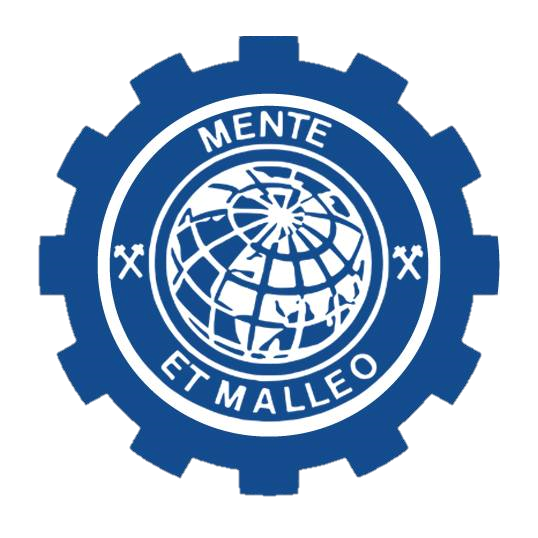
The Department’s staff carry out research in the following areas:
- hydrogeology and hydrology – analyses of hydrogeological conditions and water chemistry; hydrogeological, hydrogeochemical and hydraulic modelling; assessment and prevention of water hazards in mines; determination of flood risk,
- documentation of soil and water conditions for land use, construction and reclamation of post-industrial sites – assessment of physical and mechanical properties of soils and rocks; identification of geohazards (geodynamic modelling) and the effect of anthropopressure,
- geothermal systems – petrophysical analyses of rocks for the assessment of geothermal resources; numerical modelling of geothermal systems,
- underground substance storage (including hydrogen) and underground CO2 sequestration – experimental studies and numerical simulations of water-rock-gas interactions,
- identification of the sources, properties and economic usefulness of mineral raw materials (including industrial waste) – chemical and mineralogical studies of primary raw materials as well as secondary raw materials, for obtaining aggregates and metals (including rare earth elements), and the production of sorbents and graphite,
- properties and applications of biomaterials – spectrometric studies of metal ion release from medical implants into physiological fluids,
- thermal stability and material decomposition processes – application of thermogravimetry (TGA) and differential scanning calorimetry (DSC) to characterise chemical transformations and phase transitions during temperature changes of materials,
- sorption capacity of organic and inorganic substances – experimental studies of the sorption capacity of substances towards CO2 based on thermal analysis,
- geology of coal-bearing deposits and formations – identification of deposit structure and coal quality in the deposit,
- properties of coal, dispersed organic matter and biomass and products of their thermal transformations – investigations of petrographic, physical and chemical characteristics for practical applications.
Research team
Applied Geology Team
Petrophysical analyses of rocks for the assessment of geothermal resources; numerical modelling of geothermal systems; experimental studies and numerical simulations of water-rock-gas interactions for the purposes of underground storage of substances, including hydrogen, and underground sequestration of CO2; hydrogeochemical and hydraulic modelling; water chemistry; physical-mechanical properties of soils and rocks; geohazards in modelling studies; anthropopressure and soil-water conditions in land use; GIS in the geological sciences.
Chemical and mineralogical methods in industry and environmental engineering, mineral and industrial waste management, including: alternative sources of rare earth elements, sorbents, synthetic graphite, recovery of metals from metallurgical waste (Pb, Zn, Cu), corrosivity of biomaterials (implants) and quality of aggregates.
Thermal stability and decomposition processes of materials; sorption capacities of organic and inorganic substances; geology of coal-bearing deposits and formations; coal rocks, dispersed organic matter and biomass and products of their thermal transformations
Team leader: dr hab. inż., Rafał Morga, prof. PŚ, rafal.morga@polsl.pl, tel. +48 32 237 21 11




